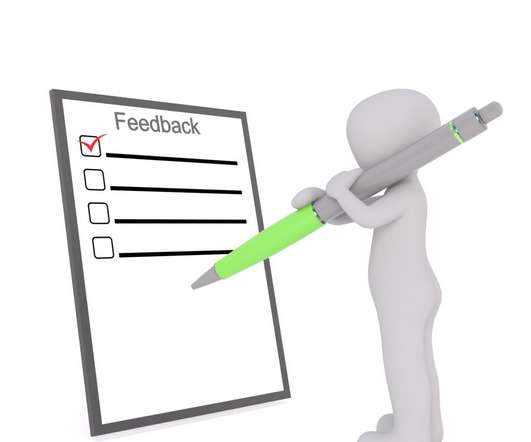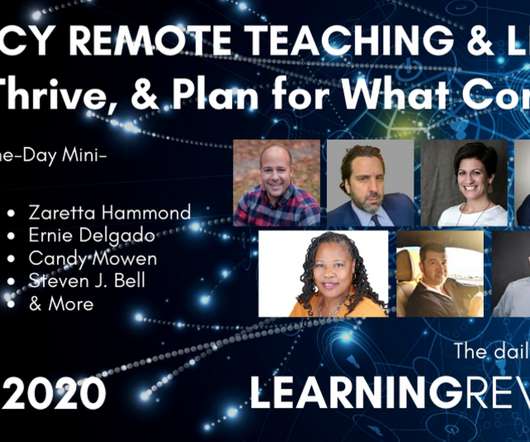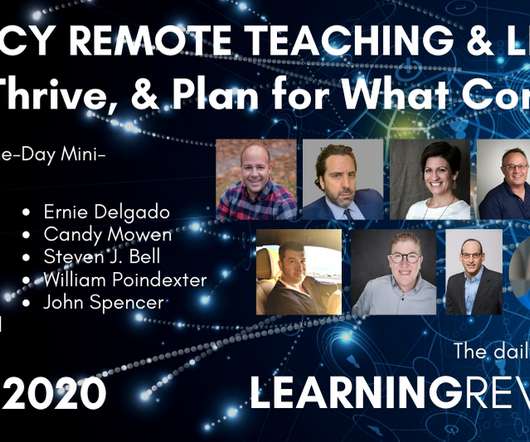Navigating the Roadmap to Employability: Preparing Students for the Future
edWeb.net
OCTOBER 17, 2023
During the edLeader Panel “ A Roadmap to Employability: Integrating Higher-Order Skills Into Curricula and Assessment ,” distinguished speakers shed light on crucial aspects of education policy, funding, and curriculum development, with a focus on preparing students for employability and entrepreneurship.
































Let's personalize your content